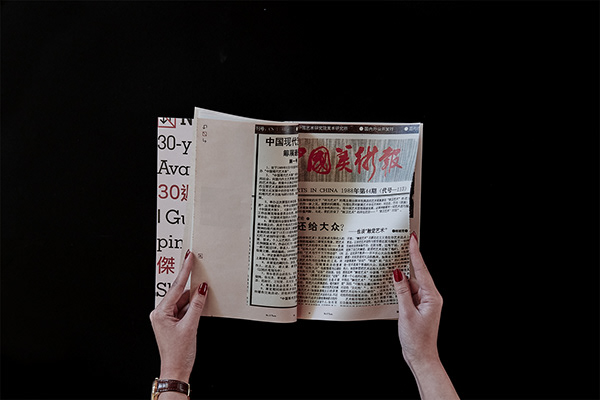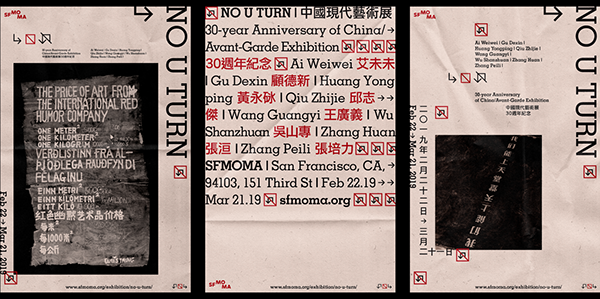The Gallery
Category
Region
Country
School
Status
Order by Behance appreciations
Order by Submitted date
 Filter by Portfolio
All entries
Filter by Portfolio
All entries
 Filter by XD
All entries
Filter by XD
All entries
Entries found
Loading entries
No U Turn
Wen Hang
Art Center College of Design, United States
Print / Graphic
Category Top Talent
No U Turn
museum catalog design
Special Thanks to Stephen Serrato.

For art and China, 1989 was both an end and a beginning. The June Fourth Tiananmen Square protest is like the end of a decade of relatively open political, intellectual and artistic exploration, at the same time, it also became the starting point of a new era of development, international connection, and individual possibility. Among all branches of contemporary Chinese art, experimental art or conceptual art most sensitively responded to drastic changes in the environment of China, the vanishing of traditional landscapes and lifestyles, the rise of postmodern cities and new urban cultures, as well as the large scale immigration of populations.
With all these changes, contemporary Chinese artists were intensely concerned with their identities, their own images became a constant subject of their work. The result was a large group of self-representations in all forms of visual art, paintings, installations, videos, performances, and socially engaged projects.
In the spring of 1989, the exhibition 'China/Avant-garde' was held at the National Art Gallery in Beijing. It was the first exhibition with independent curators after the establishment of the People's Republic of China. The show could be considered as a retrospective of the new development in contemporary Chinese art during the 1980s.
Now, in the spring of 2019, SFMOMA is holding the 30-year anniversary of China/Avant-garde Exhibition held in 1989, No U Turn. This exhibition showcases works by 8 contemporary Chinese artists, Ai Weiwei, Gu Dexin, Huang Yongping, Qiu Zhijie, Wang Guanyi, Wu Shanzhuan, Zhang Huan, and Zhang Peili. Their works reflect an urgent quest for individuality in this transforming society and continue to inspire and encourage young Chinese artists, who want to advocate social justice in their works, to carve a path in Chinese society nowadays and in the future.


















1989: the hidden year
For people who live in mainland China, 1989 is like a "hidden" year. The Tiananmen Square protest is erased from anywhere. "The hidden year" becomes one of my concepts. French fold spreads, which were perforated in advance, were used in the main essay section. The information hidden inside these French folds includes artists' invitation, the letters of artists negotiating with the government, newspapers and other historical documents.






























Thanks for watching!